There are natural compounds found in many healthy foods—including leafy greens, nuts, seeds, beans, and whole grains—that have been thought to potentially decrease the nutritional value of these foods. Sometimes called “anti-nutrients,” these compounds may bind with specific vitamins, minerals, or other nutrients, limiting their absorption by the body. “Anti-nutrients may sound scary, but there’s actually no reason to fear them,” says Caroline Passerrello, MS, RDN, LDN, a spokesperson for the Academy of Nutrition and Dietetics. Let’s take a look at the current science surrounding some common antinutrients:
Phytates (phytic acid), found in legumes, nuts, seeds, and whole grains, bind to iron, zinc, manganese, and, to a lesser extent, calcium in foods, making these minerals less available to the body. However, increased consumption of all these foods is linked with better health outcomes.
“Like other antinutrients, levels of phytates are typically reduced in food preparation,” says Passerrello. “For example, yeast break down phytates, freeing up more of the nutrients for absorption from breads. Sprouting grains also reduces the quantity of phytic acid.” A 2019 study from China found that cooking significantly decreased phytic acid concentrations in rice. Additionally, “some gut microbes can produce phytase, an enzyme that neutralizes phytic acid,” says Passerrello. “We all have some of these microbes, and phytates will have even less impact on nutrient absorption in people who tend to have more of them.”
Oxalates are found in dark leafy greens like spinach and beet greens (other greens, like kale and turnip greens, have lower concentrations). Oxalic acid binds with some of the calcium, iron, and magnesium it encounters in the digestive tract, forming insoluble compounds that make these minerals unavailable for absorption. While consuming excessive amounts of foods rich in oxalic acid, in the absence of other foods high in calcium, iron, and magnesium, could theoretically lead to lower absorption, that doesn’t mean these foods should be avoided as part of a healthy dietary pattern. “Leafy greens are an excellent source of nutrients and fiber,” says Alice H. Lichtenstein, DSc, Gershoff Professor at Tufts’ Friedman School of Nutrition Science and Policy and executive editor of Tufts Health & Nutrition Letter. “Eating even high-oxalate greens provides more nutrients than eating no greens at all. And eating foods from the different foods groups ensures adequate intake of essential minerals will be achieved.”
If you have heard that oxalic acid contributes to the formation of kidney stones, keep in mind: emerging information indicates that most of that oxalic acid is made by the body, not absorbed from foods. If you have had kidney stones, follow your doctors’ advice.
Tannins are found in many foods, including pomegranates, berries, raw nuts, legumes, chocolate, and wine; a main source of these compounds in the human diet is tea. Although tannins have been shown to decrease protein digestibility and interfere with iron absorption in animal studies, there are no data in humans that these foods have a negative impact. In fact, higher intakes of all these foods are linked to lower risk of major chronic diseases, such as heart disease, diabetes, and overall death. Tannins themselves have been shown to have antioxidant properties.
“Talk in the media and various fad diet programs about avoiding healthy foods because of ‘anti-nutrient’ content is counterproductive,” says Lichtenstein. “Research on the health benefits of these plant foods is strong and consistent, while data showing that anti-nutrients are detrimental is minimal or non-existent.” Passerrello agrees. “Current research indicates the benefits of eating foods that contain anti-nutrients far outweigh any potential risks presented by the presence of those anti-nutrients.”
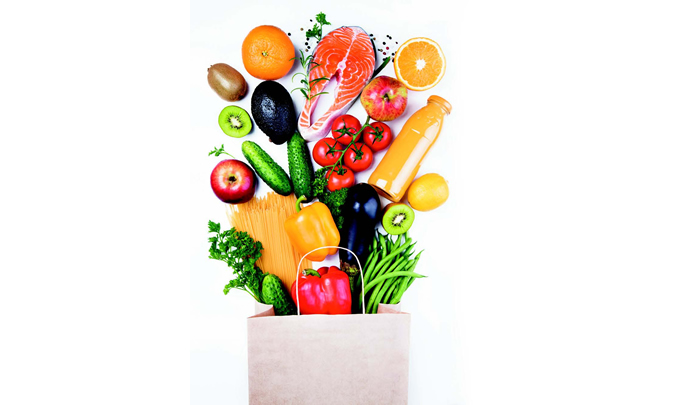

So-called anti-nutrients should have very little impact on human nutrition in the context of a healthy dietary pattern. To maximize the nutrients in your diet, try these tips:
-Consume a healthy dietary pattern, such as a Mediterranean-type diet rich in fruits, nuts, beans, vegetables, minimally processed whole grains, fish, yogurt, and plant oils
-Eat vegetables both cooked and raw
-Get calcium from dairy or calcium-fortified dairy alternatives, as well as from plant sources such as dark leafy greens and almonds
-Pair high-iron foods like meats, beans, and dark leafy greens with foods rich in vitamin C, such as strawberries and oranges, to improve iron absorption
-Try fermented, germinated (sprouted), or malted grain foods, as these processes reduce phytate content (as does the yeast used in most breads)









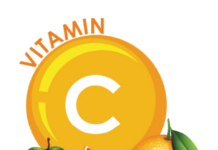





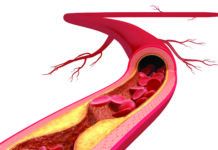



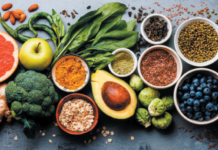



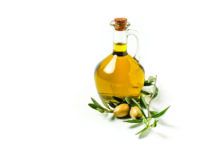


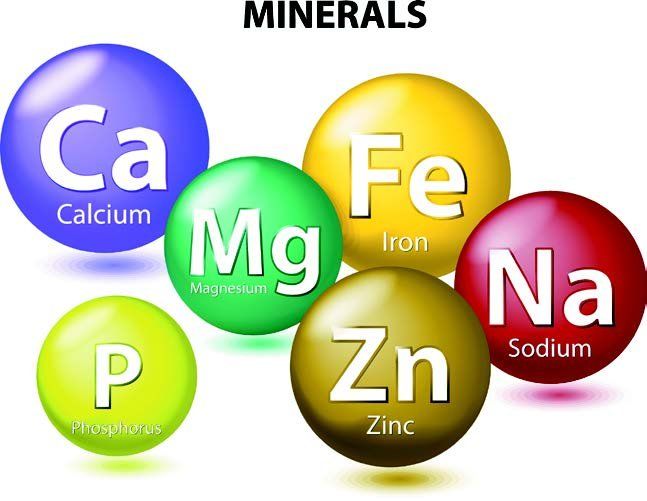
Thank you. Most “experts” telling us to avoid certain fruits and vegetables are selling expensive supplements that often do not contain purported ingredients but are often contaminated with ingredients not labeled and sometimes harmful.
@Robert Haile Yes indeed, all these so called ‘beneficial’ vitamins and supplements are not regulated so who knows what you are taking. Eat properly and there is no need to buy expensive additional nutrients in a bottle.